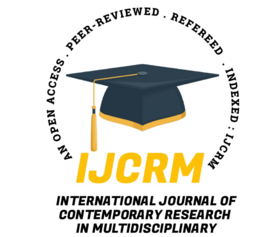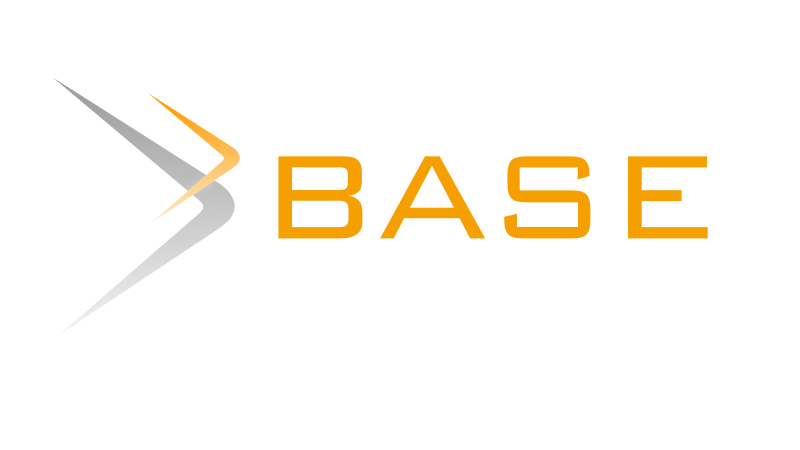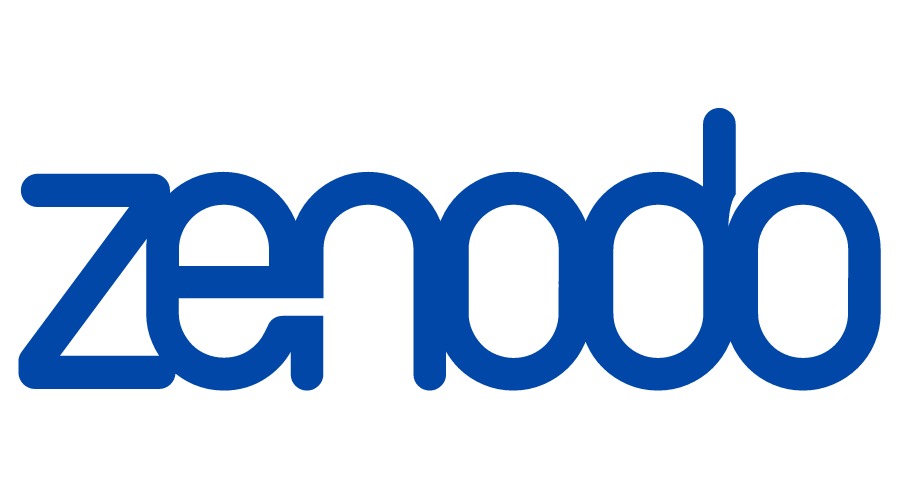International Journal of Contemporary Research In Multidisciplinary, 2025;4(1):220-226
From Chalkboards to Clicks: The Digital Transformation of Adult Education in India
Author Name: Rohni Sharma; Dr. Rizvana Choudhary;
Paper Type: review paper
Article Information
Abstract:
This research paper explores the transformative role of digital technology in the domain of adult education in India. Historically constrained by infrastructural limitations, socio-economic disparities, and rigid pedagogical models, adult education in India has witnessed a dramatic shift with the advent of mobile learning, MOOCs, AI-based platforms, and other digital tools. The study analyzes national policies such as the National Education Policy (NEP) 2020, evaluates major initiatives including SWAYAM and TCS’s CBFL program, and examines case studies from both rural and urban contexts. Through a comprehensive literature review and impact assessment, it identifies both the promises and persistent challenges—especially the digital divide and socio-cultural barriers—associated with implementing technology-driven adult education. The paper concludes with evidence-based recommendations to foster inclusive, accessible, and impactful digital learning ecosystems for Indian adults, aligning with national development and lifelong learning goals.
Keywords:
Adult Education, Digital Learning, India, Technology in Education, SWAYAM, MOOCs, Digital Divide, NEP 2020, Mobile Learning, Lifelong Learning
How to Cite this Article:
Rohni Sharma,Dr. Rizvana Choudhary. From Chalkboards to Clicks: The Digital Transformation of Adult Education in India. International Journal of Contemporary Research in Multidisciplinary. 2025: 4(1):220-226
Download PDF





